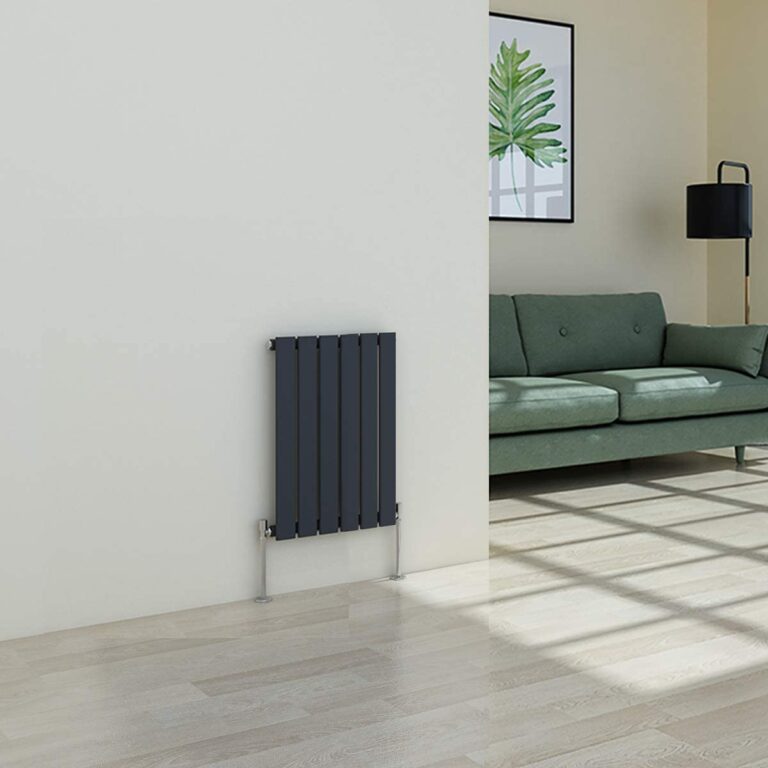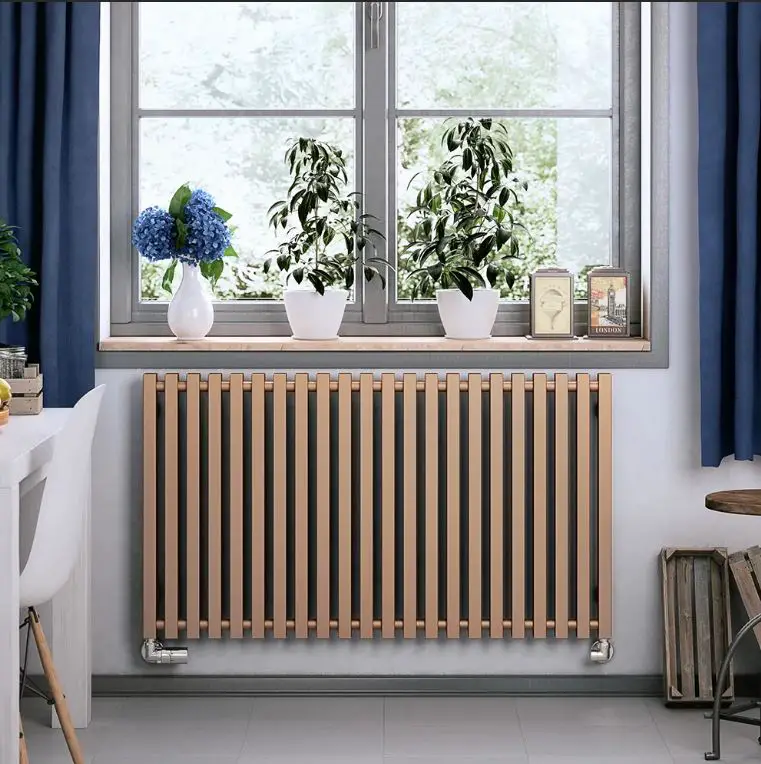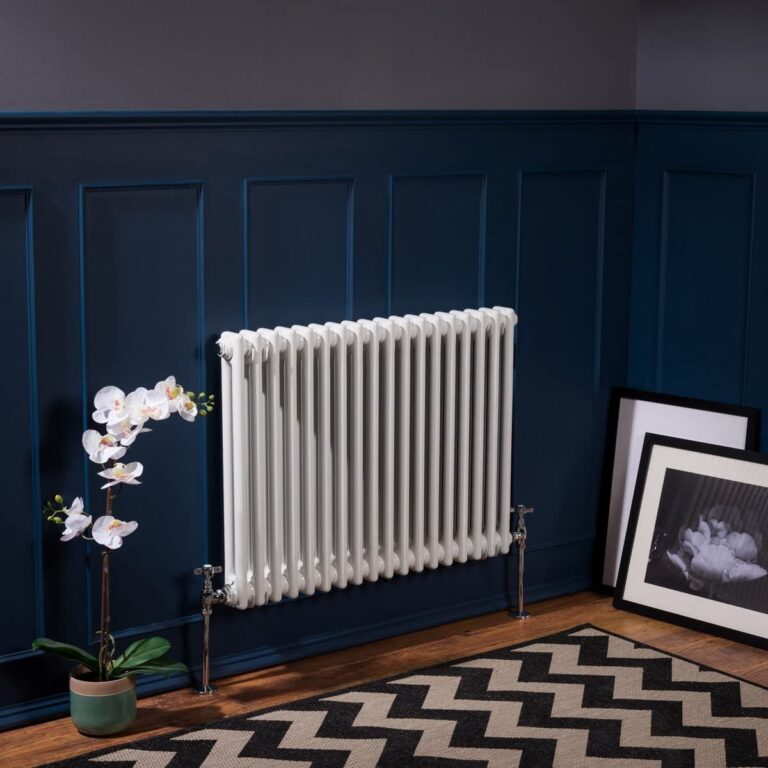As a parent, watching your child play near a central heating radiator can be a bit nerve-wracking. We all know how kids are – curious, adventurous, and often unaware of the dangers around them. The mix of heat and hard surfaces of a radiator naturally raises concerns. You’re not alone in this; it’s a common worry among many parents and guardians looking for ways to make their home a safer place.
But don’t worry, making your home child-safe doesn’t mean you have to compromise on comfort. When it comes to protecting your little ones from the hazards of radiators, there are plenty of options out there. Each one offers its own set of advantages, tailored to different needs and situations.
So, what are these child-proofing strategies, and how easily can they blend into your daily routine while giving you peace of mind? Let’s take a look at your options.
1. Install Radiator Guards or Covers
Selecting a suitable radiator cover for your home is one of the first port of calls you can take to reduce the risk of your children burning themselves; you’ll need one that not only fits the aesthetic of your living space but also provides enough safety. Choosing a radiator cover that guards openings and vents can stop small hands from getting behind them and touching the hot surface of the radiator. With minimal impact on the heat output, these can be a great option if you’re looking for the best all-arounder. Some even come with an additional shelf, to combine utility with safety.
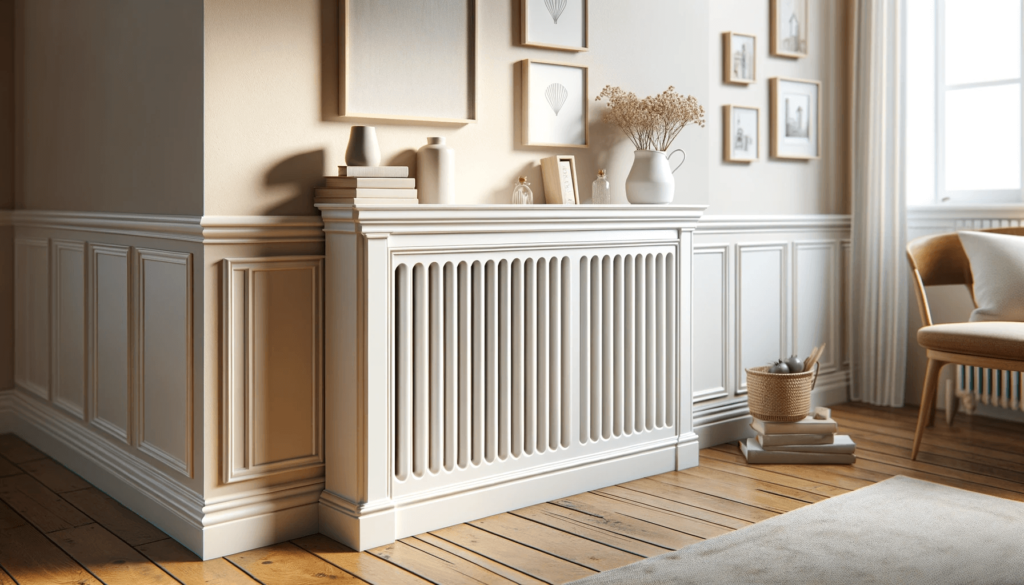
Correct installation is essential to guarantee that the guards fulfill their protective purpose. Ensure the guard is securely fitted over your radiator, without the chance of falling or leaving exposed edges. For extra reassurance, consider convector radiators that have integrated top grills and side covers.
With the proper guard in place, you can create a safer environment for your children to play without danger.
2. Cover Exposed Hot Water Pipes
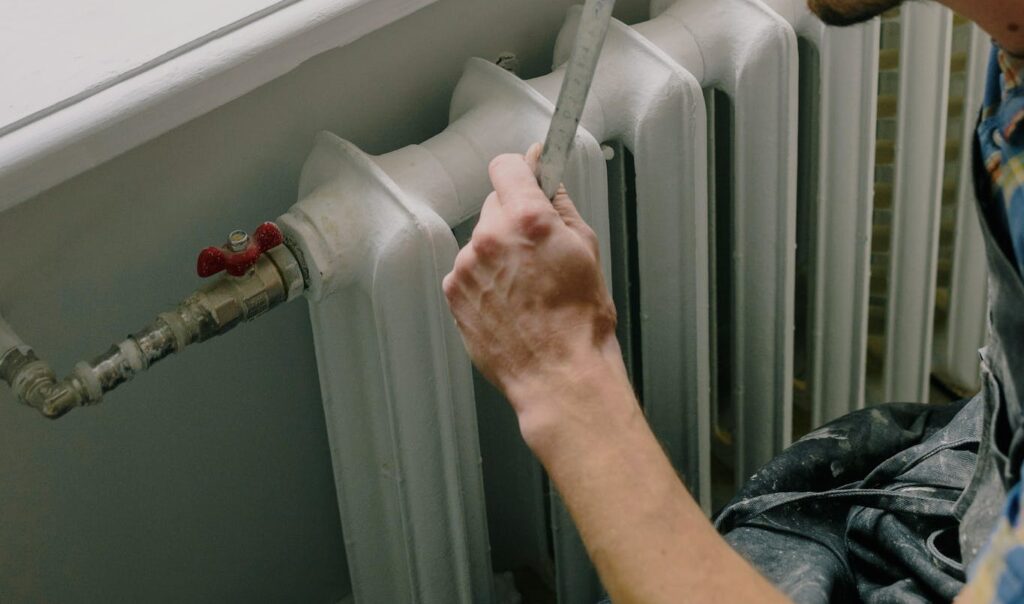
To keep those little exploring hands safe, consider wrapping your hot radiator pipes in foam ‘sleeves’ to disguise the radiator pipes. These nifty covers act like a cushioned barrier, making the pipes safe to touch. You can find these sleeves in both foam and plastic varieties, and they’re really effective at child-proofing your radiators. Overall, they are one of the simplest and cost-effective ways to prevent radiator burns, although the front surface of the radiator itself can still become hot to touch, so a full radiator will be more effective in this instance.
Also, foam sleeves can be particularly useful for softening those sharp edges on radiators. If your concerns extend to the entire radiator, consider a comprehensive radiator cover, which not only hides the hot parts but also covers the space behind it. Some modern compact convector radiators have safety features like a grill on top and side panels, which add an additional measure of protection.
3. Educate Your Kids About Radiator Safety

Teaching your children about the potential risks associated with radiators is a key step in ensuring their safety around these heating devices. As all parents know, this might take a few attempts before the message sinks in! Offer practical advice for radiator safety, emphasising the need to avoid touching their hot surfaces or playing too close to them. Use straightforward language that they can understand, and remind them of these points often.
4. Ensure Regular Maintenance Checks Are Completed
Establish a regular schedule for these inspections to ensure the radiator and its parts remain in good condition. Be vigilant to spot any leaks early, find any rusty sharp edges or to find fittings that may have become loose, as this could present a danger. This is particularly true if the water from the heating system leaks into your home, as it is often filled with chemicals and black debris from the build up of dirt inside the piping, so it’s certainly not something you’ll want your children touching (or tasting!).
5. Use a TRV to Turn Down The Surface Temperature
With a TRV (Thermostatic Radiator Valve), you can set the temperature of your radiator to a level that’s just right – warm enough to keep the chills away but cool enough to protect curious hands. At setting 1, the temperature is a mild 10°C – think of a cool but not cold spring day. Twist it up to 2, and you’re at a cosy 15°C, like a pleasant autumn afternoon. At 3, it’s a comfortable 20°C, a typical room temperature. Then there’s 4, slightly warmer at 25°C, and finally, 5, which is a toasty 30°C.
For child-friendly areas, you might want to stay around 3 or below, ensuring the radiator is warm but not too hot for prying hands.
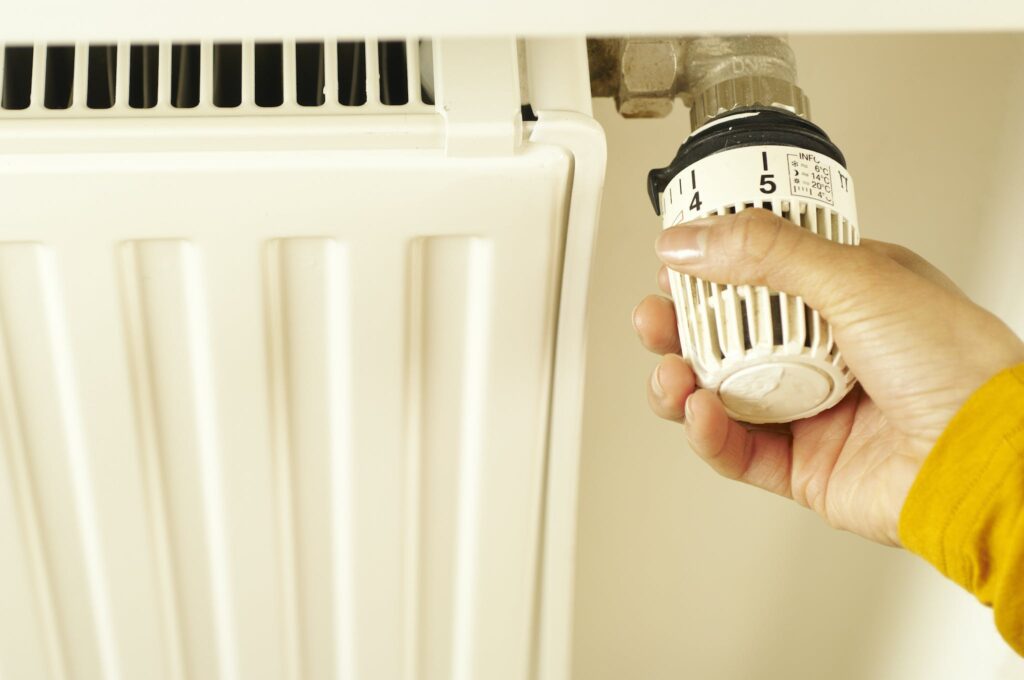
And there you have it – a few straightforward, practical steps to make your radiators child-friendly. Remember, kids will be kids; they’re born explorers and adventurers. While we can’t bubble wrap the world for them, we can definitely make our homes a safer playground. Regularly checking your radiators and staying on top of maintenance not only keeps your heating system humming but also keeps those tiny inquisitive fingers safe.

